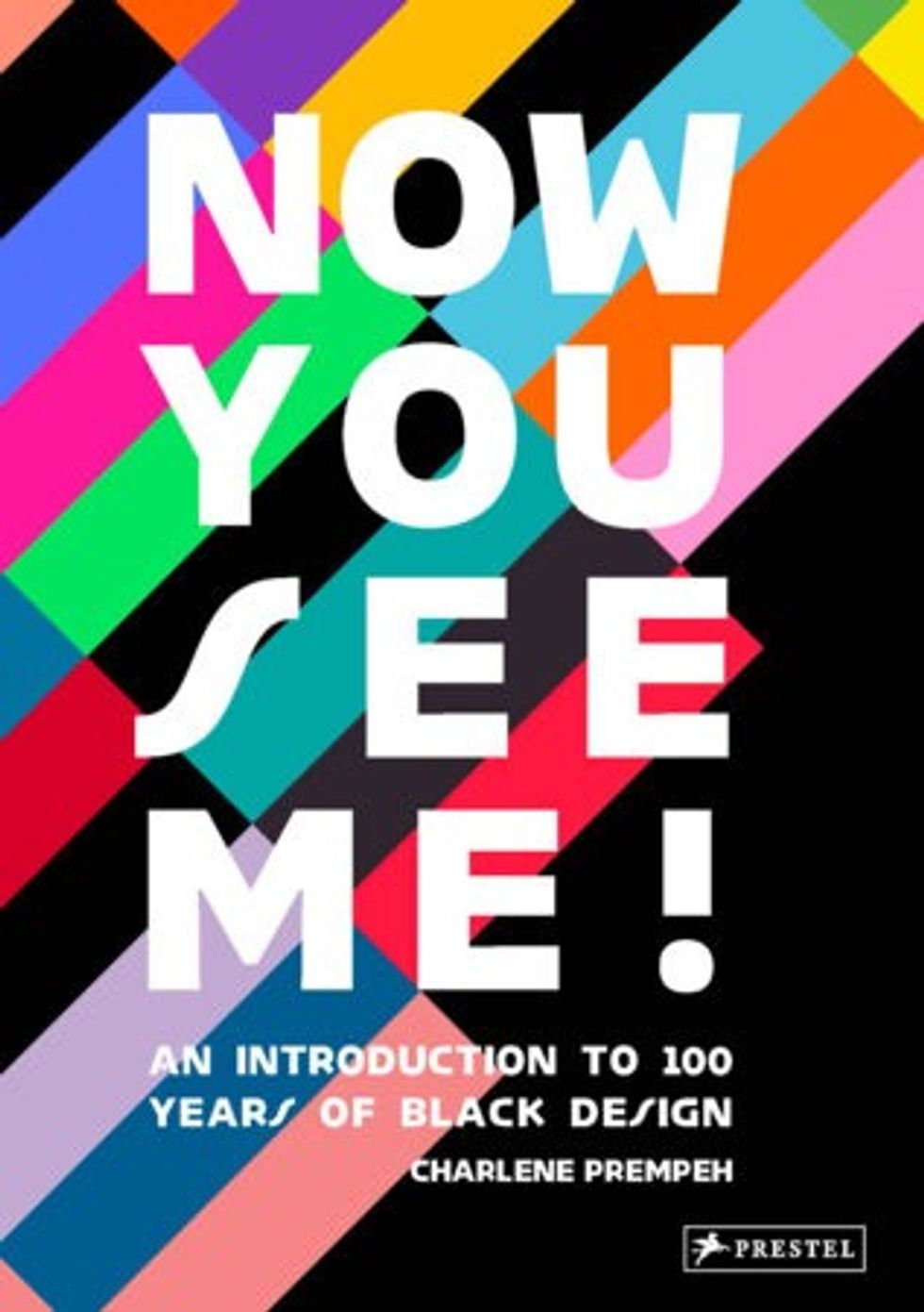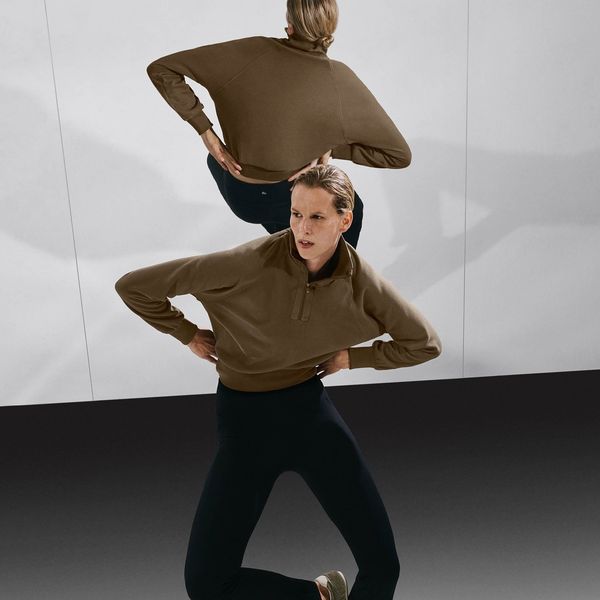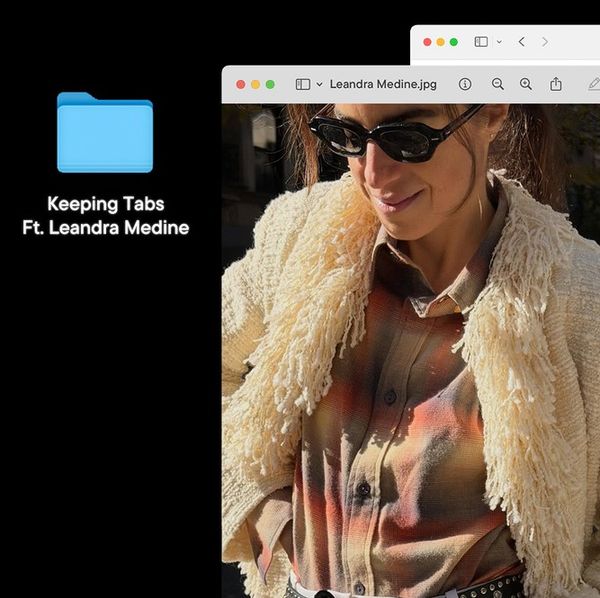The Inspiration, Humor, and Heartbreak Author Charlene Prempeh Found in the Process of Creating ‘Now You See Me: 100 Years of Black Design’
From narrative-shifting discoveries to amending common misconceptions, Prempeh details her favorite moments from the book’s extensive archives
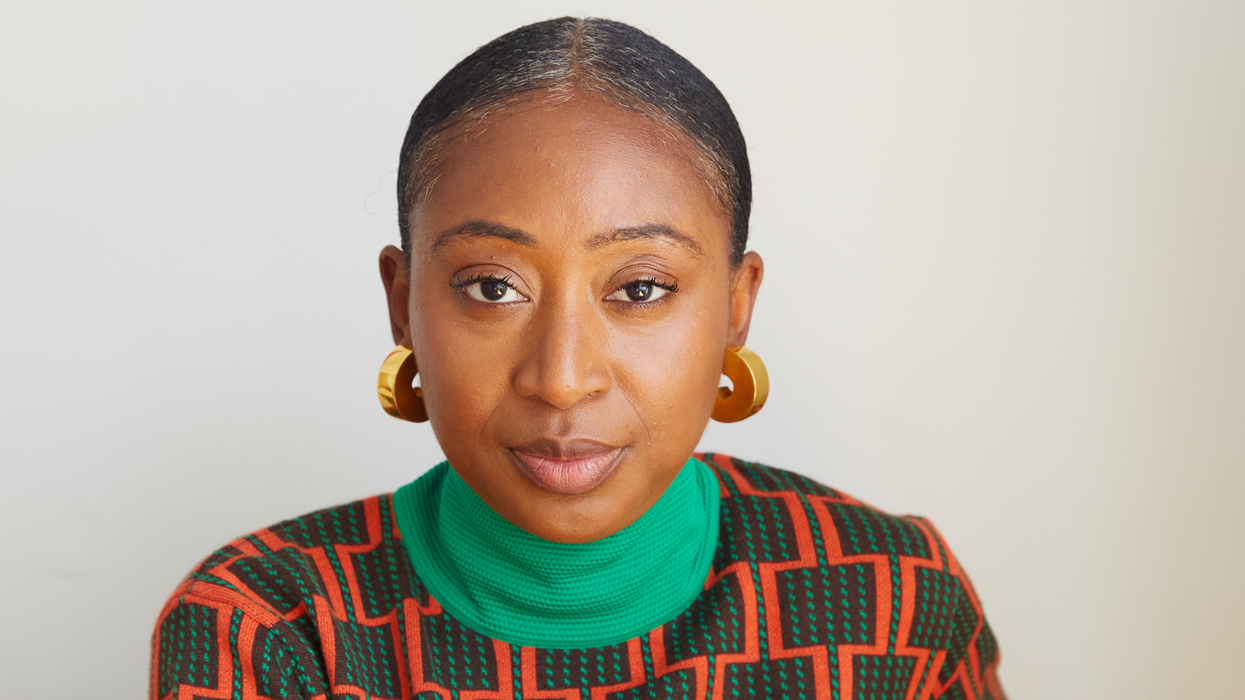
Now You See Me: An Introduction to 100 Years of Black Design highlights a century of influential designers who have not been duly celebrated for their cultural contributions. Author Charlene Prempeh deftly curates the work of groundbreaking designers in the fields of fashion, architecture, and graphic design alongside archival photographs, biographies, and interviews with contemporary designers such as stylist Law Roach or interdisciplinary artist Samuel Ross. From African American designer Anne Lowe who designed Jackie O’s wedding dress, to Mad Men-era art director Emmet McBain who created the Black Marlboro Man, to recent Pritzker-winning architect Diébédo Francis Kéré, Now You See Me gives these pioneering figures their long-overdue acclaim.
Charlene Prempeh–founder of the creative agency A Vibe Called Tech–uses her own experiences as a Black creative to add dimension to these designers’ legacies and anchor this ongoing conversation in the present. In anticipation of Now You See Me’s US release on February 6th, we asked Prempeh to highlight her favorite moments in the book and tell us why they held personal resonance. From heartbreaking discoveries to amending common misconceptions, Prempeh details her top six favorite moments from the book’s extensive archives below:
Anne Lowe
American Fashion Designer
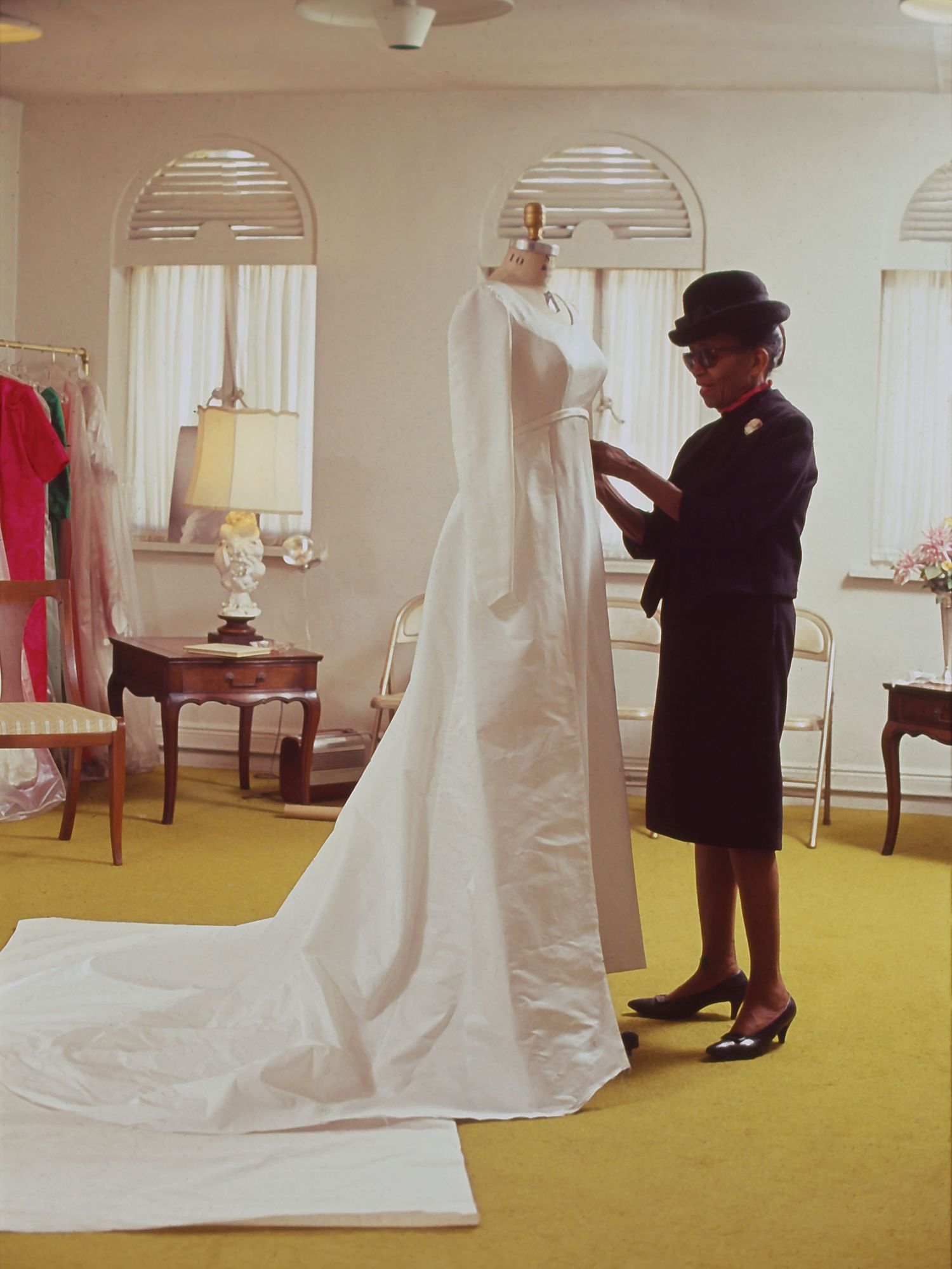
J.Paul Getty Trust & Smithsonian National
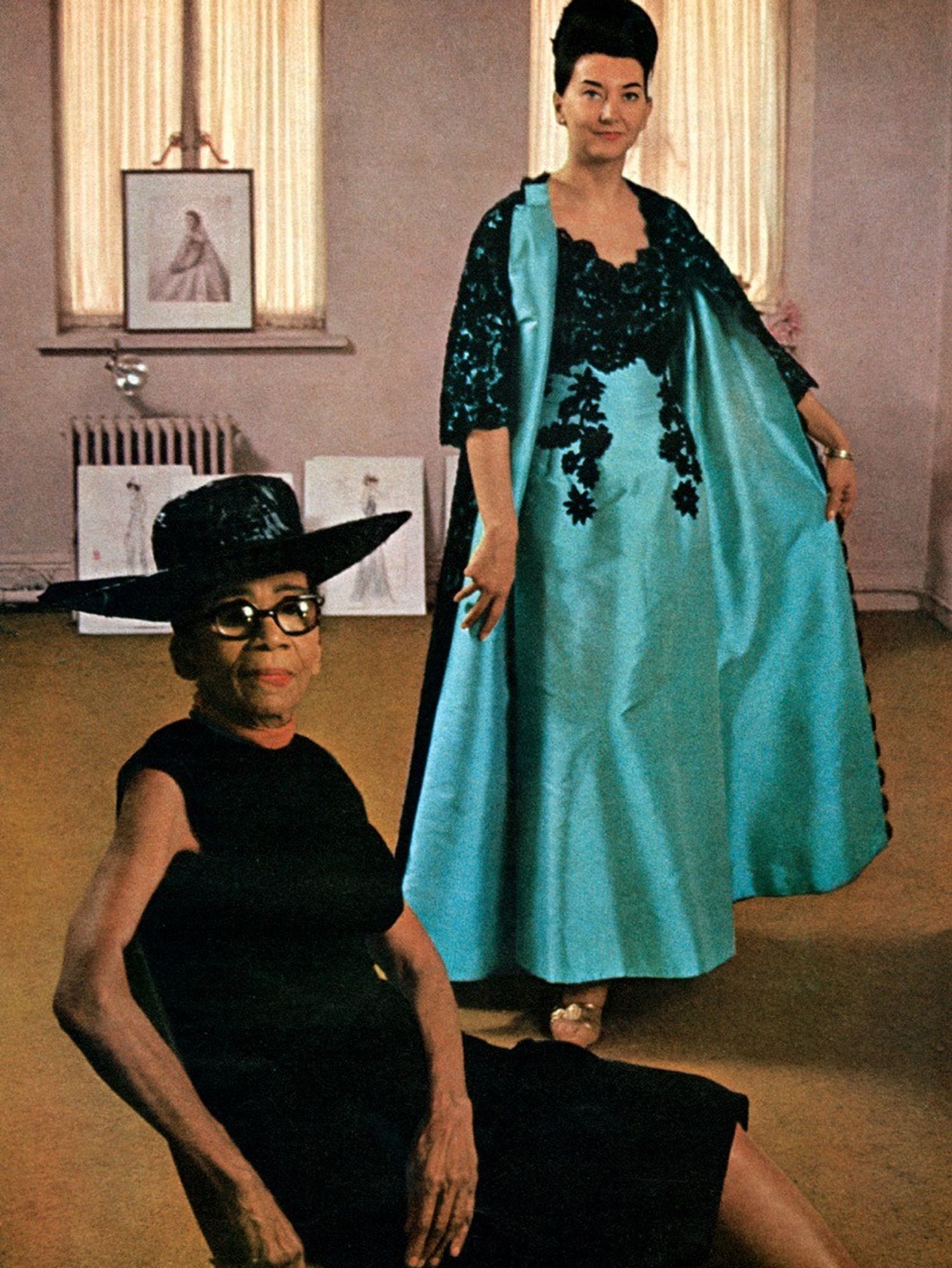
Ebony Magazine, 1966
“I felt a strange mixture of sadness and pride when I discovered the letter that Anne Lowe had sent to Jackie Kennedy asking for recognition of her professional status as a ‘noted negro designer.’ The fact that she had the courage to stand up to someone that powerful is inspiring, but it’s hard not to feel the pain on that page stemming from the fact that she felt betrayed. My Mum was a trained seamstress, and I know how much skill it takes to make clothes, so to have that talent diminished is heart-breaking.”
Zelda Wynn Valdes
American Fashion Designer & Costumer
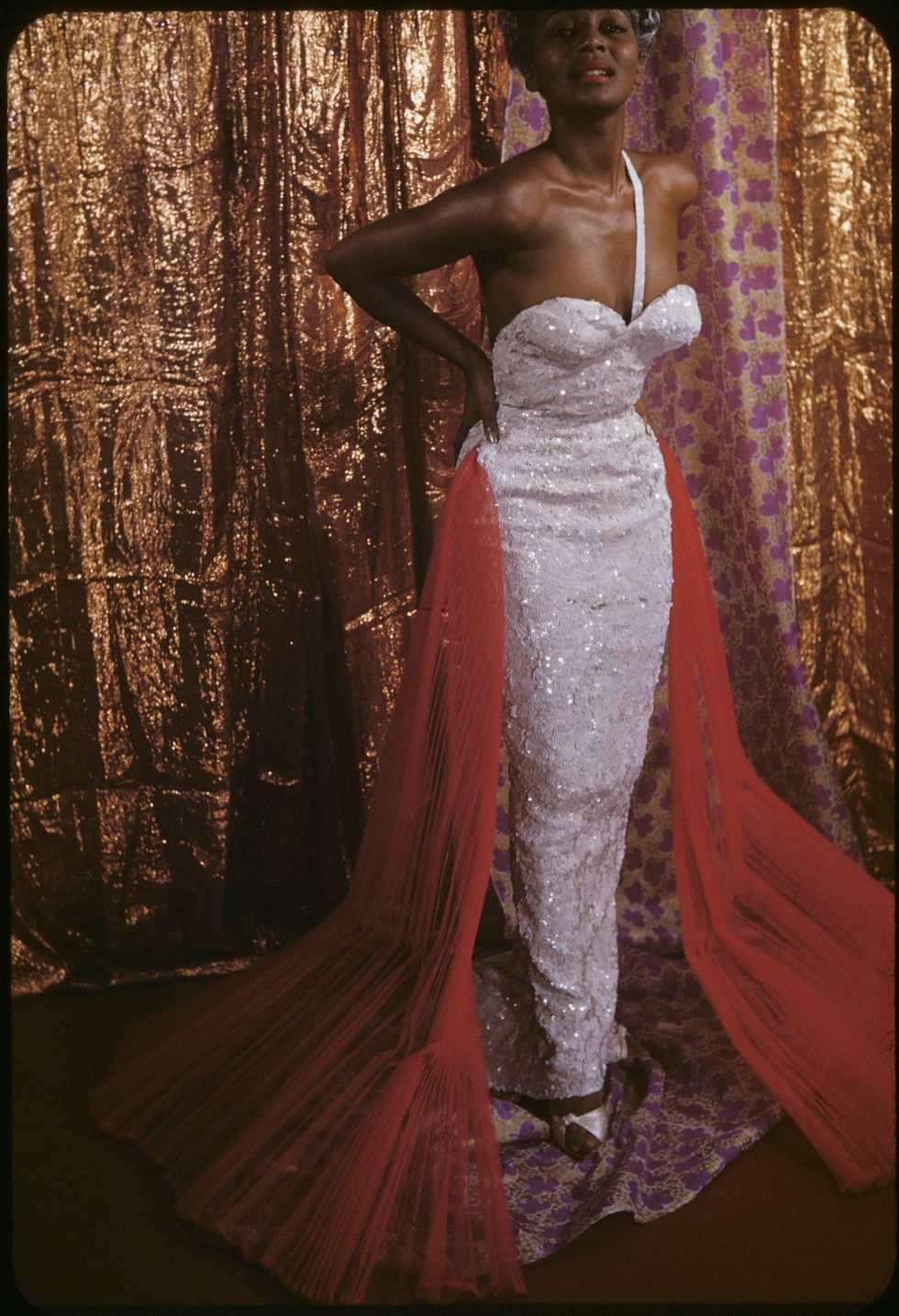
Van Vechten Trust
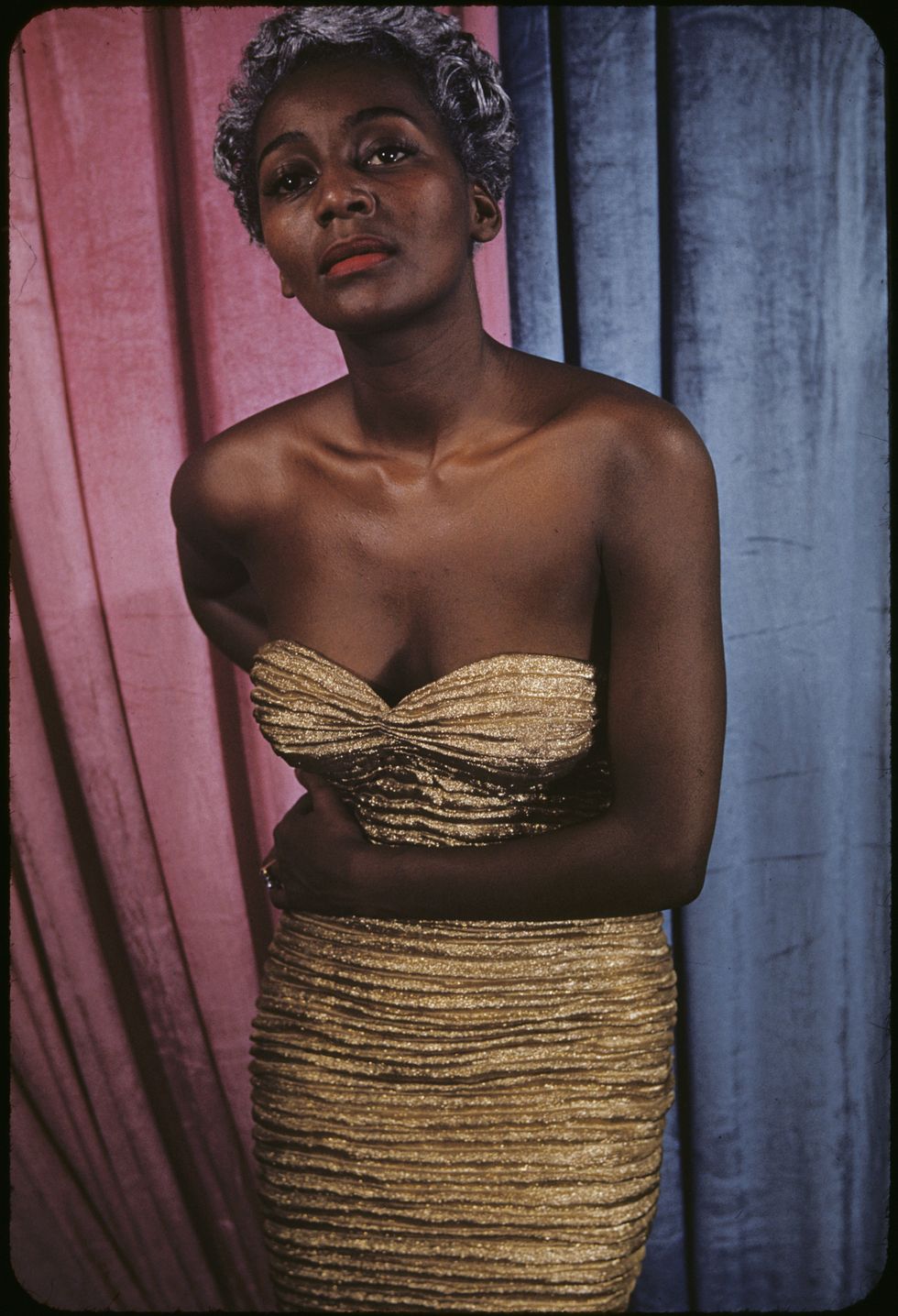
Van Vechten Trust
“Every Black History Month, a picture of the Playboy bunnies is whipped out with some version of the question, ‘Did you know that this iconic outfit was designed by a Black woman?’ That ‘Black woman’ is Zelda Wynn Valdes, and I always assumed this fact to be true, and yet it is not. Wynn Valdes made the outfits she did not design them. It is not pedantry that causes me to focus on this difference, it is the lack of care shown to the details of Black history.”
Willi Smith
American Fashion Designer, Creator of WilliWear Limited
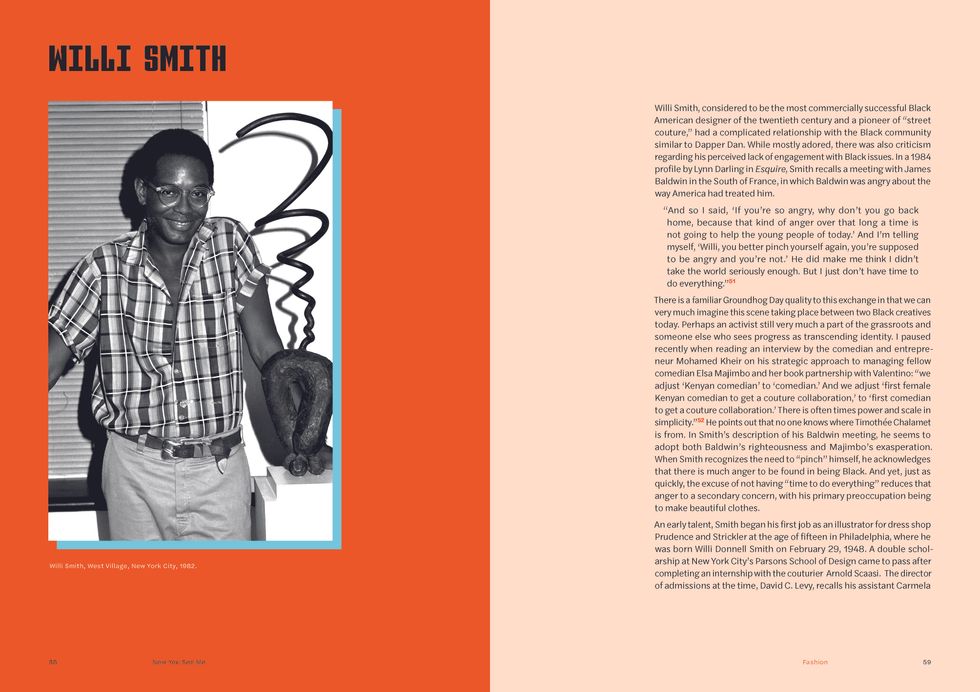
Now You See Me: 100 Years of Black Design
“There’s a touch of Black humour when I imagine the scene of Willi Smith on holiday in the South of France and his encounter with James Baldwin. Mr. Baldwin, understandably, was in a rage about how America had treated him, while Smith just couldn’t conjure the energy to be angry. As he explained, ‘He did not have time to do everything.’ And it rings true now—there is an expectation that all Black people should and do engage with the politics of being Black, but they shouldn’t have to. Sometimes people are tired, sometimes they are preoccupied with all the other things in life, and sometimes they simply do not have the time.”
Paul Revere Williams
American Architect
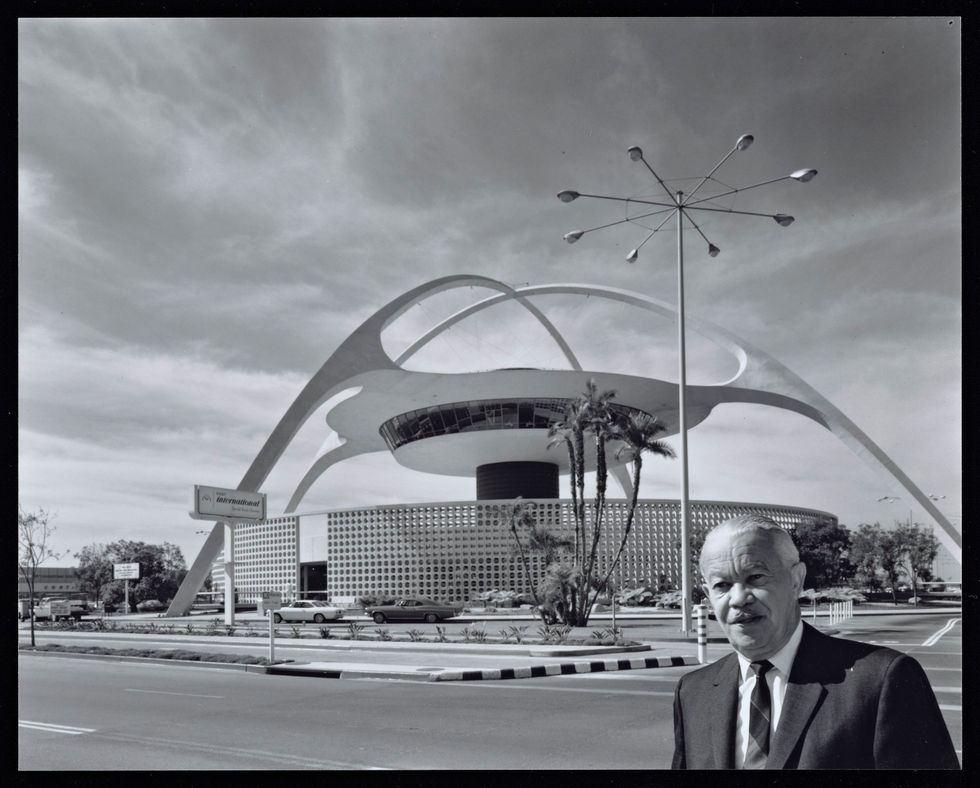
Paul R. Williams standing in front of The Theme Building, LAX, 1965
Getty Trust
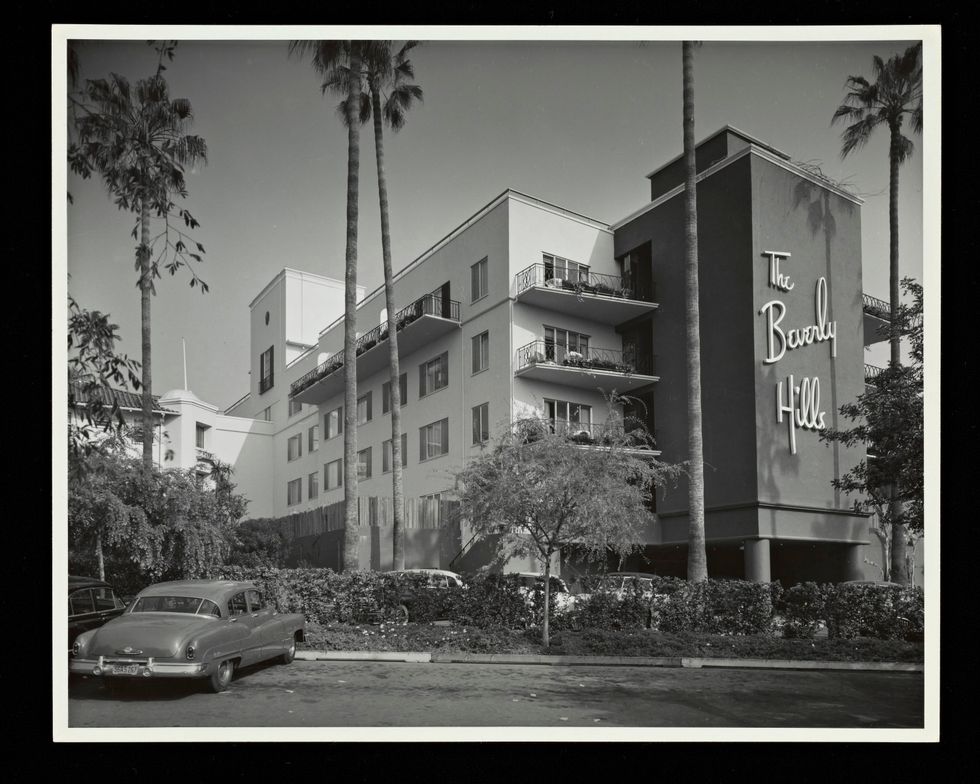
Beverly Hills Hotel, built 1949–50
Getty Trust
“There are moments when I consider what the state of the world would be if Black people could take all the energy they’ve expended on fighting for rights, adopting behaviours to seem ‘non-threatening,’ negotiating white spaces etc., and used that time to create, contemplate the small details of life or…sleep. The example of Paul Revere Williams learning to sketch buildings backward in order to avoid making white clients uncomfortable by sitting next to them is a terrible example of the acrobatics that Black professionals had to learn to get by.”
Emmett McBain
American Graphic Designer & Art Director
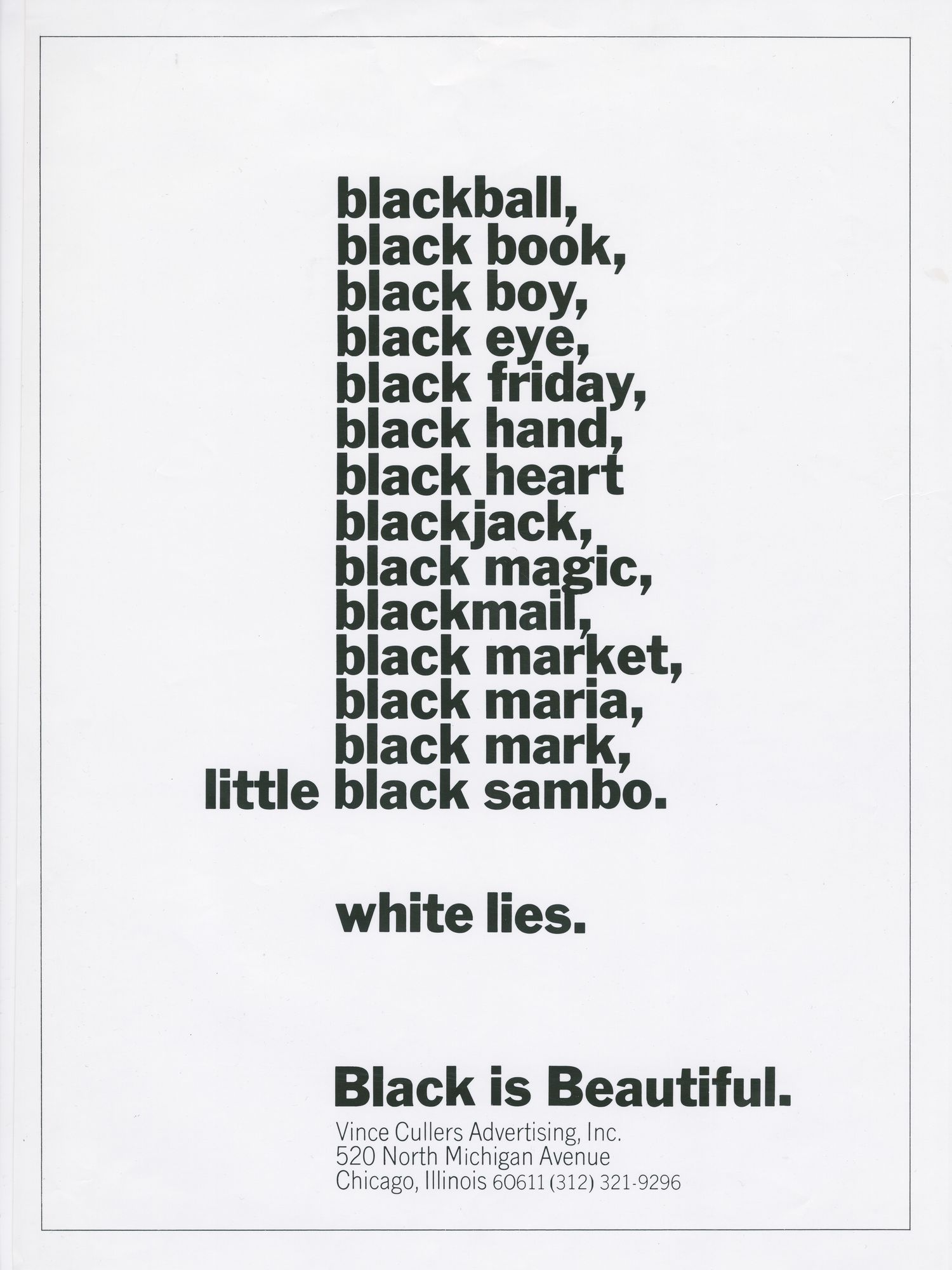
Black is Beautiful advertisement for Vince Cullers Advertising
University of Illinois at Chicago, Richard J. Daley Library
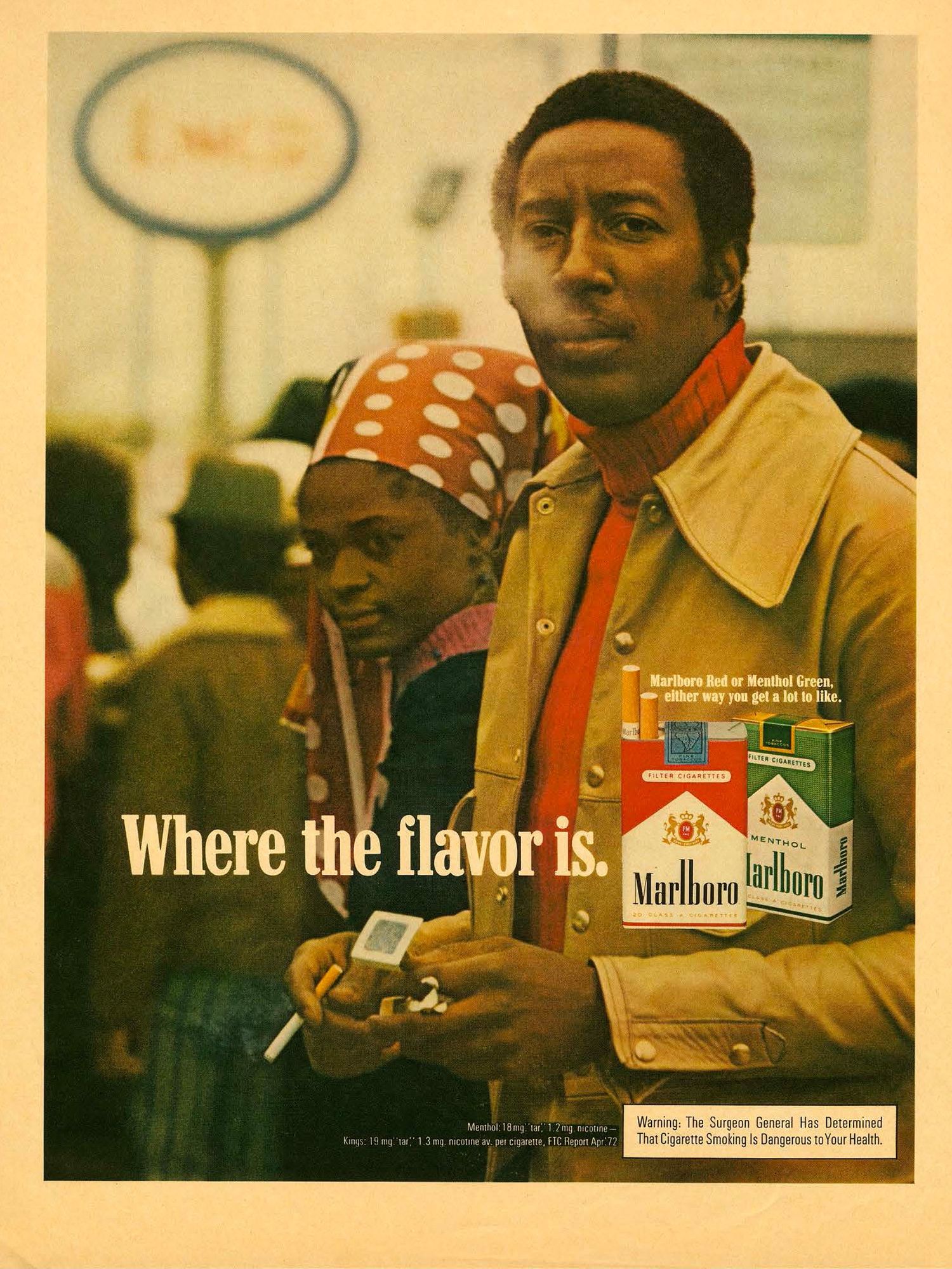
Marlboro Advertisement, 1972
Emmett McBain
“Many people in the creative space are vaguely familiar with the Black is Beautiful advert that McBain designed in 1968, but the work that stuck with me is the Black Marlboro man. He’s wearing the softest tan leather jacket and a bright polo neck, and he’s beautiful and cool. I want to know him. And though it doesn’t quite make me want to smoke a cigarette, it makes me want to ask him for one.”
More From Now You See Me: 100 Years of Black Design
Want more stories like this?
He Designs Shoes For Your Favorite Brands—Lucky For Us, He Also Collects Them
In Conversation with the Photographer and Stylist Behind Our Rising Hemlines Editorial
Serena Becker’s Advice to Young Artists? Get Bored.

